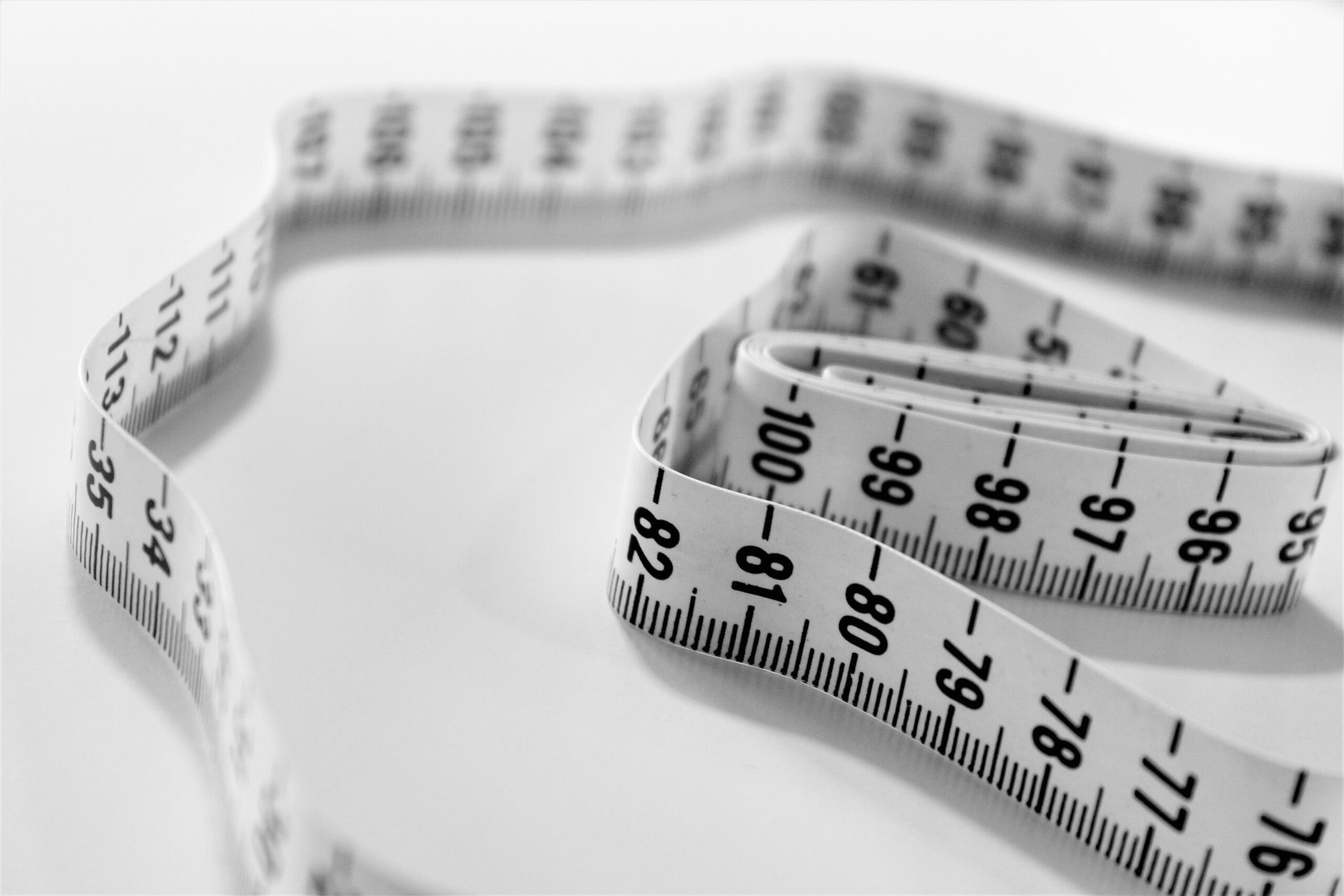Slimming down is arguably the number one goal shared by most people when it comes to bettering their health, and there are many reasons for this. A slim body makes it easier to be agile, look more attractive in clothes, and feel more energy. More importantly, being slim makes it less likely to develop heart disease, stroke, type 2 diabetes, certain types of cancer, and early death. With a whopping 42% of our adult population classified as obese in the United States, it’s no wonder that the weight loss industry is one of the largest, and only continues to grow year over year. Becoming educated about the fat on our bodies is the first important step in taking back control of your health.
Where fat is most commonly found in the body
Probably the most prevalent region where excess fat is seen is the abdomen – and men are at higher risk of storing fat in this area than women. Experts consider abdominal fat, also called visceral fat, to be dangerous, because it’s a type of fat that surrounds the vital organs inside the body. This fact alone can predispose someone to metabolic syndrome, a group of factors that can lead to serious conditions like high blood pressure, stroke, type 2 diabetes, high blood triglycerides, and sleep apnea.
Women, on the other hand, are more likely to store extra fat in their hips, thighs, and butt. This type of fat is subcutaneous, which means it lies directly under the skin, so it’s not considered as harmful as deep abdominal fat.
Fat can also show up in our calve muscles when they’re not toned, and are located right below the knees on the back of the legs. This fat can even extend all the way down to the ankles. In addition, underarm tricep muscles that aren’t toned can also result in a buildup of fat, which can often be seen in the armpit area. Fat can also accumulate in both the upper and lower regions of the back, and is common in men and women equally. Likewise, both men and women can experience weight gain in their chests.
Is there a difference between weight loss and fat loss?
More often than not, “losing weight” and “losing fat” are used interchangeably among those trying to slim down, but in actuality, these are not the same thing. Put simply, losing weight means a decrease in overall body weight that consists of muscle, water, and fat. If you’ve ever tried a new weight loss program, you may have noticed a quick and easy drop on the scale. More than likely, the weight you so rapidly lost contained mostly water and muscle loss. Maintaining a healthy fat-to-muscle ratio is critical for our health in a variety of ways. Muscle mass helps to regulate blood sugar levels, control inflammation, sustain healthy triglyceride and cholesterol levels, burn more calories, and prevent frailty as we age.
Fat loss, however, refers to weight loss specifically from fat and is a more beneficial health goal than simply losing weight. It’s the fat we lose that’s so helpful in lessening our chances to develop chronic diseases and other age-related ailments. So, we should be focusing our efforts on fat loss, not weight loss, for optimal metabolic health.
How to tell when you’re losing fat
Even when fat loss is our goal, it isn’t always easy to know whether we’ve succeeded in ridding our bodies of fat. This is because the scale doesn’t reflect how much fat we’ve lost, only how many total pounds we’ve shed. So, how can we tell when we’re burning fat? Luckily, three available tools are dedicated to measuring fat and can help track how your body composition changes over time.
A tape measure is an easy way to check your waist circumference, quickly giving you an idea of how much abdominal fat you’re losing. A skinfold caliper is a metal tool that pinches and measures the amount of fat found in some regions of your body. Body fat scales are special scales that use electrical impulses to estimate body fat percentage.
No matter which tool you go for, it is imperative to track your fat loss progress throughout your health journey. Your body is a complex system, and monitoring dietary choices alone is always just an approximation when it comes to how well your body metabolizes fat. Using Biosense® gives you a precise, firsthand look at how your body oxidizes fat based on your lifestyle. These insights allow you to skip all the guesswork and make immediate adjustments to your lifestyle to most efficiently achieve the fat loss you’re after.
The science behind burning fat: what happens to the fat we lose?
When we eat, our body converts any calories from carbohydrates and protein we don’t immediately need into triglycerides, a type of fat that gets stored in our fat cells. When the body detects that there’s fewer calories consumed than the energy it’s using, also called an energy deficit, hormones and enzymes trigger the fat cells to release the stored fat into the bloodstream in the form of glycerol and free fatty acids. These components are then shuttled to the liver and other tissues that need them for energy. After the glycerol and free fatty acids get absorbed, the triglycerides are further processed and, as a result of a complex set of chemical reactions known as the Krebs cycle, become a usable form of energy.
As these reactions take place, they generate ATP. This organic molecule provides energy to power the many activities in living cells, as well as carbon dioxide, water, and heat. We expel the carbon dioxide from our lungs when we breathe, excrete the water as urine and sweat, and utilize the heat to help maintain a comfortable body temperature. The number of fat cells you carry around will remain the same no matter your size, although more can be produced if weight gain occurs and more fat cells are needed. Even though we won’t lose any fat cells, the amount of fat within them can decrease, which allows us to slim down when an energy deficit is present for an extended period.
How our breath can indicate how we’re burning fat
When the liver metabolizes the free fatty acids for energy production, the acids are transformed into acetyl-CoA, a molecule that then produces a ketone body called acetoacetate. Two more ketone bodies are produced from acetoacetate, called b-hydroxybutyrate (BOHB) and acetone. Acetone then circulates in the blood, and because it is small in size and weight, it can quickly disperse from the blood into the lung’s air spaces and is found in the breath we exhale. Biosense® is a device that can measure the number of acetone ketones there are in the breath, which indicates how effectively the body is metabolizing fat. The more acetone detected, the more fat oxidation takes place.
The way we eat and exercise significantly impacts how we burn fat daily. A 2018 study from Nutrition & Diabetes demonstrates that our food’s macronutrient composition, the number of calories we consume, and how much physical activity we partake in all directly influence the amount of acetone found in the breath. In the study, eight healthy volunteers monitored their breath acetone after three scenarios, all of which followed an overnight fast: 1) fasting for four hours, then exercising at low intensity for two hours, 2) fed hourly high-carb meals (70% carb) for four hours, then exercising at low intensity for two hours, 3) fed hourly low-carb meals (10% carb) for four hours, then exercising at low intensity for two hours.
The results were clear. When the group ate high-carb meals, their rate of fat oxidation was significantly lower than when they were fasting, both before and during exercise. Conversely, when they ate low-carb meals, their fat oxidation was comparable to the fasting state before exercise but was lower during exercise. These results show that our breath acetone and ability to burn fat can notably change over 6 hours depending on the amount and content of our food and how much energy we’re using up.
The relationship between breath acetone levels and the rate of fat loss
When we fast, restrict calories, or deplete the body of glucose by adopting a low-carb way of eating, the acetone in our blood and breath increases as a byproduct of metabolizing stored fat to meet the body’s energy needs. When we are on the path toward weight loss and closely monitoring our own breath acetone levels using Biosense®, it’s helpful to understand what we might expect in terms of how our ACEs numbers correspond with the amount of weight we can lose. A study from the publication Obesity revealed that maintaining a breath acetone level of 2 ppm, or 5 ACEs, can result in a fat loss rate of as much as 0.5 pounds per week. An ACEs level of 5 is considered the starting range of fat burn, and research shows that maintaining an ACEs level in the 5 to 15 range may even lead to a loss of one to three pounds of fat loss per week.



